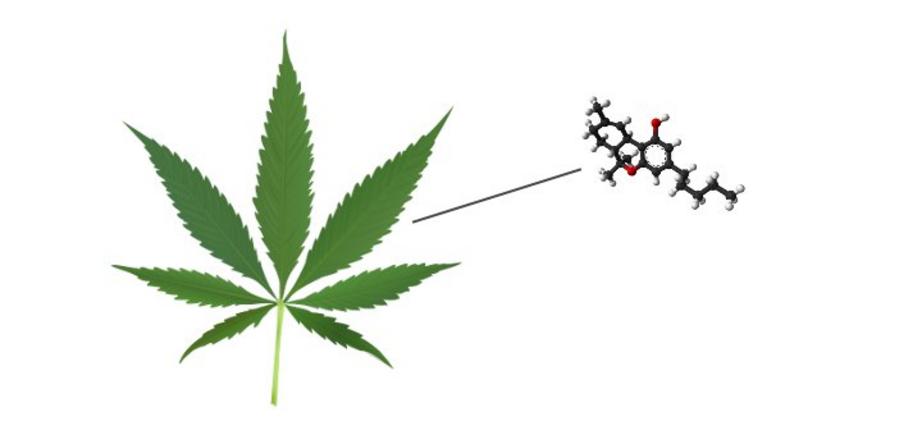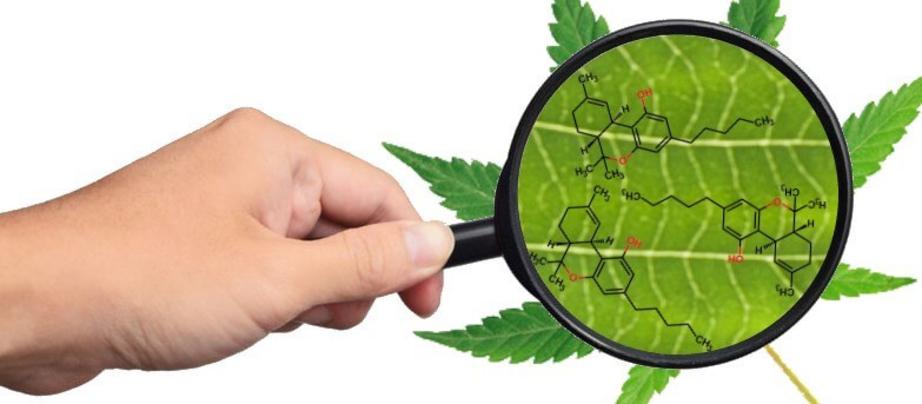New research shows that cannabinoids can help treat leukemia
In Brief
Researchers from St. George's, University of London have found that combining chemotherapy with cannabinoids can effectively treat leukemia. Though the tests were done in vitro, it showed that it could potentially lower the needed dose for chemo.

Working in Tandem
There’s a growing literature of research showcasing the supposed health benefits of cannabis, specifically its active chemicals like cannabinoids. These have gone to cover various diseases, most notably brain-related ones such as epilepsy, Alzheimer’s, dementia, as well as heart problems and cancer. One study even claims that cannabis could potentially reverse aging. Now, researchers from St George’s, University of London have found cannabinoids to be effective in treating leukemia.
Specifically, the research involved using phytocannabinoids — the naturally-occurring cannabinoids in the cannabis plant — in tandem with chemotherapy. “Phytocannabinoids possess anticancer activity when used alone, and a number have also been shown to combine favorably with each other in vitro in leukaemia cells to generate improved activity,” according to a study published in the International Journal of Oncology.
Image credit: Acxel Fuentes/Photopin
Though the tests were done in the laboratory, the researchers are confident that combining phytocannabinoids with chemotherapy for leukemia patients could mean lower doses for the latter — effectively lessening its side-effects.
In Concentrated Doses
As with most studies involving cannabis, it’s worth mentioning that it’s not possible to achieve the effects claimed by the study by recreational use of the drug. “These extracts are highly concentrated and purified, so smoking marijuana will not have a similar effect,” lead researcher Wai Liu said in a press release. “But cannabinoids are a very exciting prospect in oncology, and studies such as ours serve to establish the best ways that they should be used to maximize a therapeutic effect.”
With cancer’s continuing prevalence, research into potential treatments have become rather creative over the past years. Gene therapy is, perhaps, the most popular and other explore the use of nanoparticles. The strangest of these potential treatments is in an anti-cancer drug-delivery mechanism courtesy of sperm cells. At any rate, for a fight against one of the world’s deadliest diseases, we need all the help we could get.

